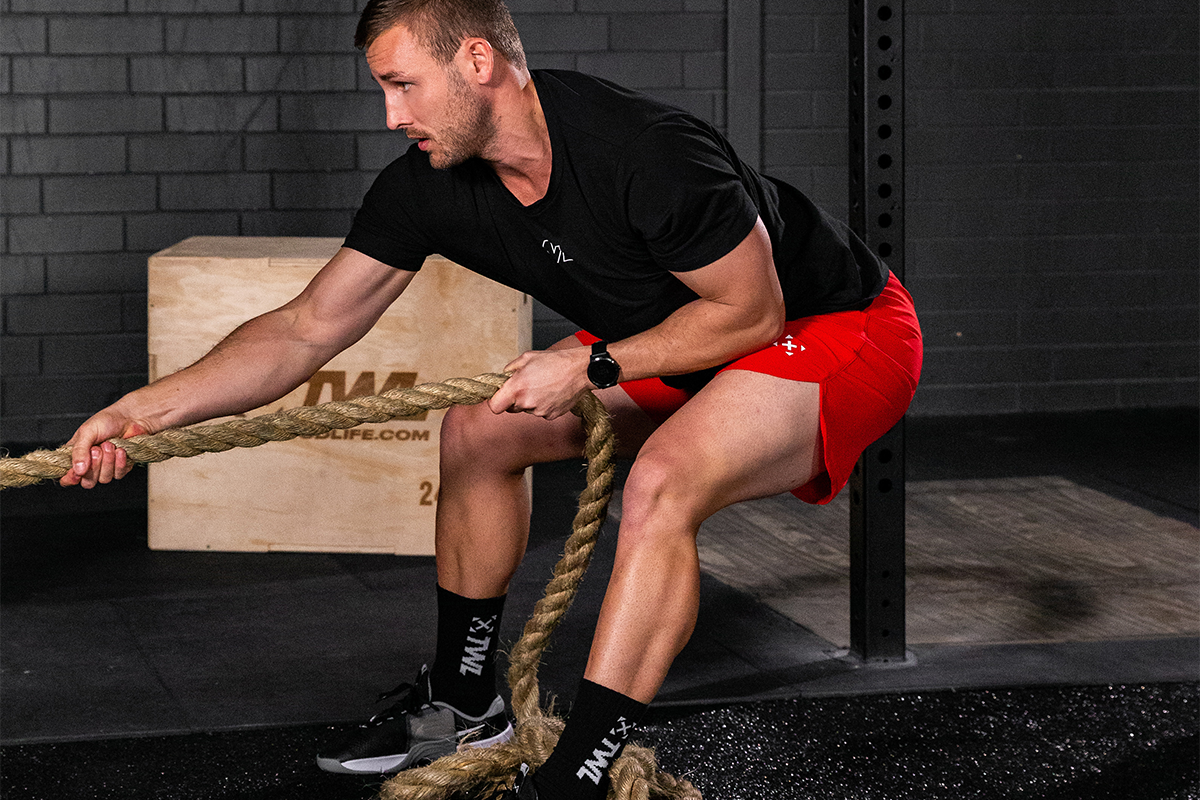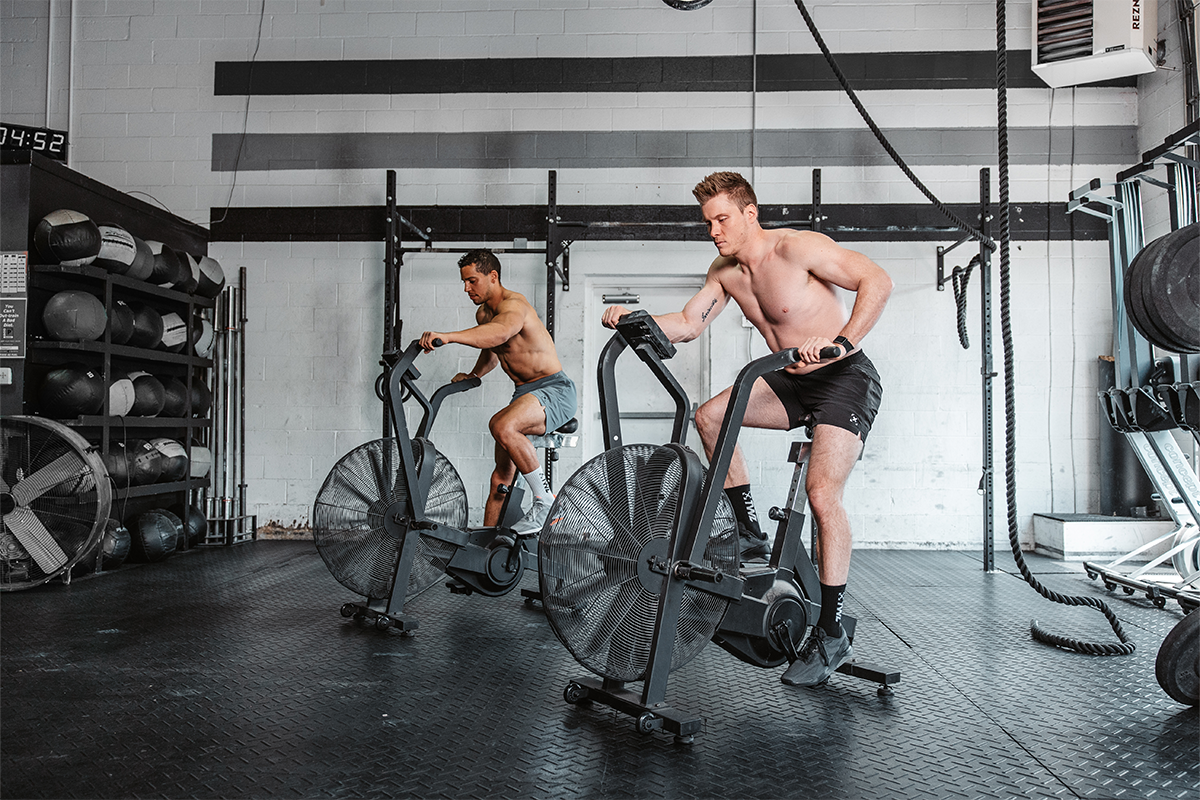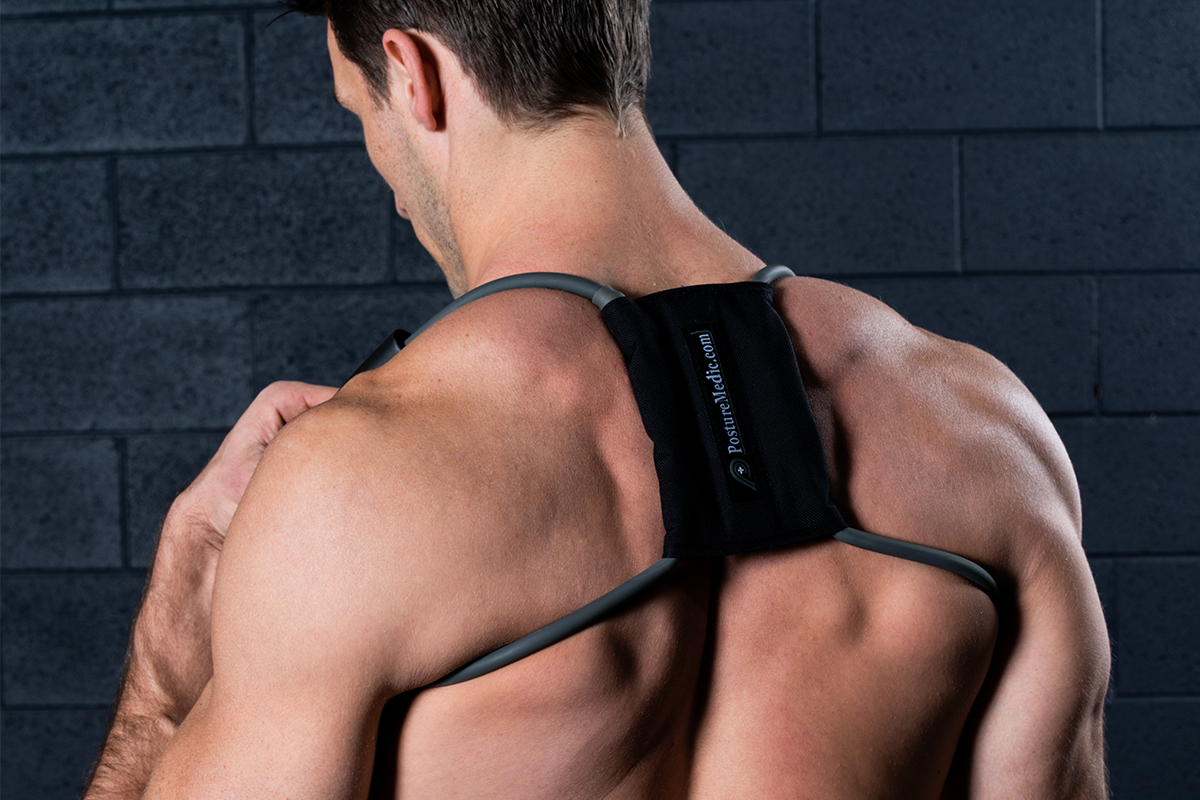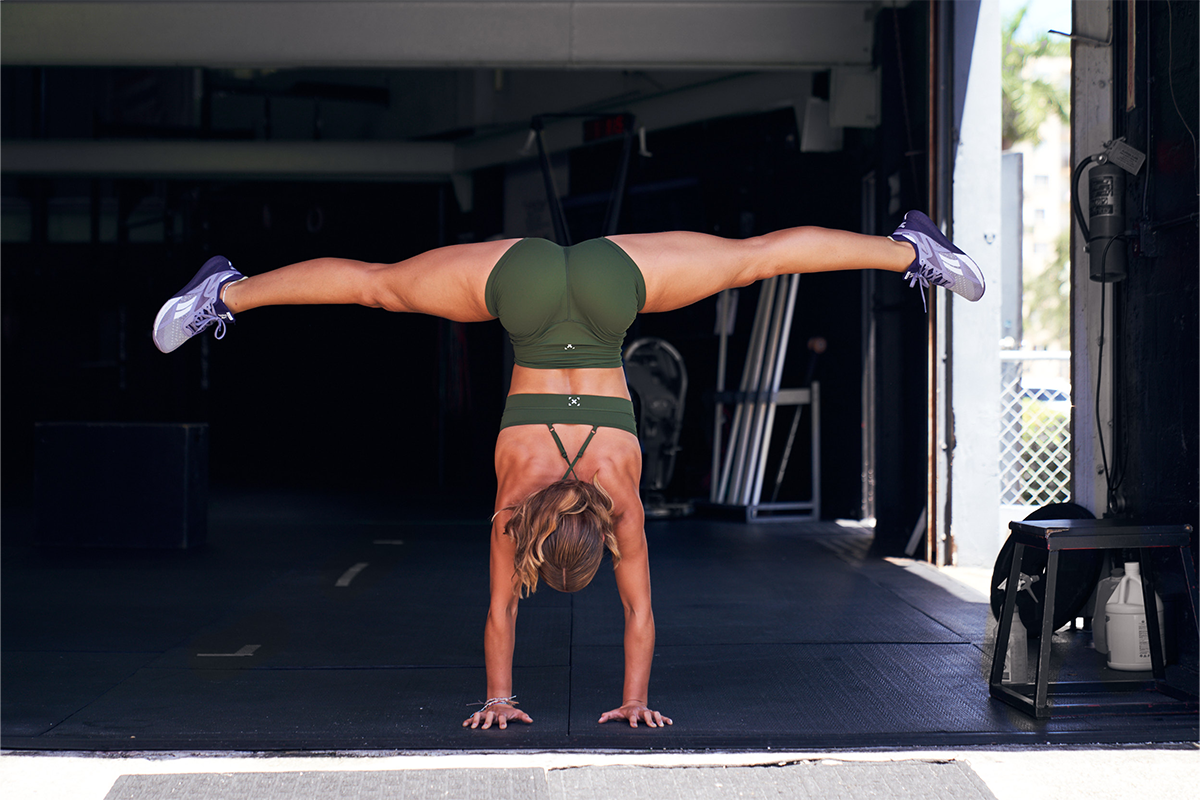If you walk away from workouts with sore or aching hips, wondering if your time has come to jump on the cortisone shot/hip replacement bandwagon, then take a deep breath and read this. Hip pain, whether accompanied by stiffness or “bone-on-bone” pain, doesn’t necessarily mean it’s time to swap your body parts for metal. Your hips may be hurting for a simple reason that can be treated conservatively. No need to enter an operating room.
To start, you need to figure out if it’s actually hip pain.
This is the time to brush up on basic anatomy. You don’t want to join the club of people who confuse their hip for their iliac crest (top of the pelvis), so here’s a quick explanation.
The hip joint is where the top of your upper leg (femur) meets the bottom of your torso (pelvis). The hip is a ball-and-socket joint where the ball of the femur rests inside the pelvic socket (acetabulum). Muscles and tendons run over and support the joint; a protective tissue called “bursa” lines the joint to prevent friction.
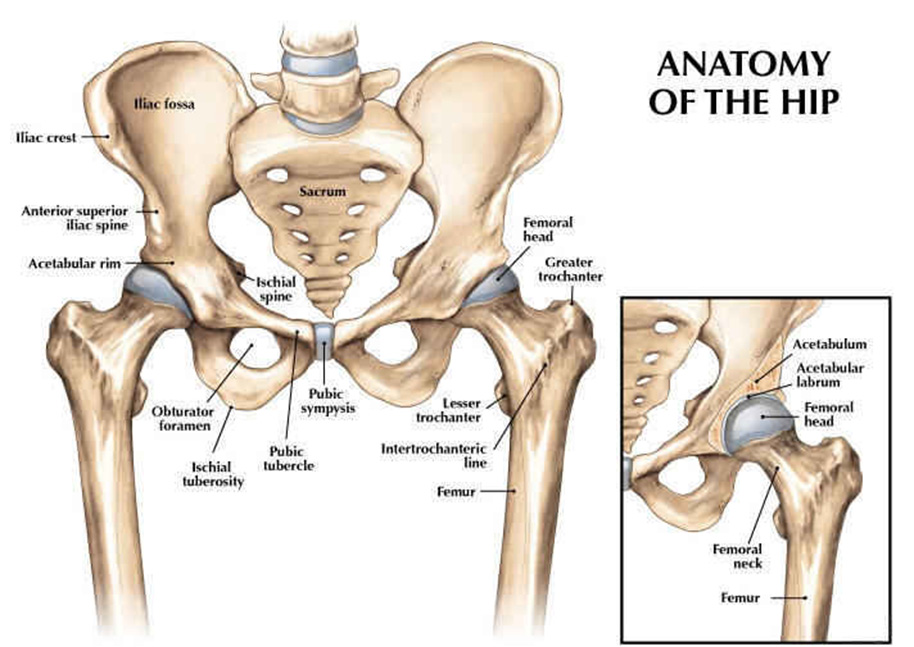
Hip pain occurs in and immediately around the ball-and-socket joint.
3 Reasons Your Hips Hurt
Because of the complexity of the anatomy in and around the hip, with muscles and tendons and nerves crossing over each other and traveling in multiple directions, hip pain can be difficult to diagnose, but there are three general culprits behind hurting hips.
1. Immobility and Weakness
Tight muscles around the hip can pull the bone structures out of proper position, resulting in harmful movement patterns that over time accelerate wear and tear on the joint.
Due to its ball-and-socket design, the hip should be more mobile than, say, the elbow, but most of us move our hips almost exclusively in the sagittal plane — forward and backward. Over time, this limited use of motion leads to restrictions in our hips’ ranges of motion as well as weakness in the muscles that enable side to side and rotational movement in our hips.
As a result, we rely predominantly on the muscles on the front and the back of our legs, which cause further constriction in them and exacerbate the problem of immobility.
https://www.instagram.com/p/CAy5hroIkC-/
To tackle immobility and weakness in the muscles around the hip, add mobility exercises to your routine that target the hip flexors, iliopsoas, piriformis, glutes, and hamstrings. You should also add some sideway and rotational movements to your workouts to start strengthening your adductors and abductors, the muscles on the sides of your legs that pull your legs out and in.
2. Dysfunction
Dysfunctional movement can be caused by muscle immobilities, as mentioned above, but sometimes dysfunction is the source of the problem, not its symptom. Some dysfunctions that can cause hip pain are (a) sacroiliac (SI) joint dysfunction and (b) foot overpronation.
(a) SI joints are the joints between the sacrum and the ilium bones of the pelvis, directly below and to the right and left of the lumbar spine. These joints have limited mobility. However, if their mobility is restricted beyond what it should be, it can lead to pain on the side or back of the hip.
If the joints are overly mobile, they can refer to pain out to the front of the hip. If your hip pain is due to SI joint dysfunction, you will most likely feel pain in the SI joint as well. SI joint pain is often treated with physical therapy.
https://www.instagram.com/p/CAe8Xi0Djdp/
(b) Foot overpronation, when the arch falls in and takes the ankle with it, can cause hip pain by turning the leg inward and causing misalignment between the leg and the hip. Overpronation can be treated by strengthening the muscles on the bottom of the foot so your arch does not collapse while standing, walking, or running.
3. Inflammation/Overuse
Arthritis, bursitis, and tendonitis — all of these conditions have inflammation in common and can take place in and around the hip. Bursitis and tendonitis are typically the results of overuse or a dramatic increase in activity over a brief period of time.
Bursitis is the inflammation in the bursa, the protective tissue that lines the hip; tendonitis is the inflammation of the tendons that run over the hip, and arthritis is the inflammation of the hip itself. All three of these conditions worsen with activity, so rest (with ice or heat therapy) is your best bet for relief.
https://www.instagram.com/p/CAd3uSfny03/
That is not all! This is not a comprehensive list of the causes of hip pain nor is it meant to be medical advice. If your hip pain does not improve, a trip to a medical or physical therapy office might be in order. But hopefully, with these insights, you have a better understanding of what is going on in your body and the steps you can take to improve your hurting hips.



